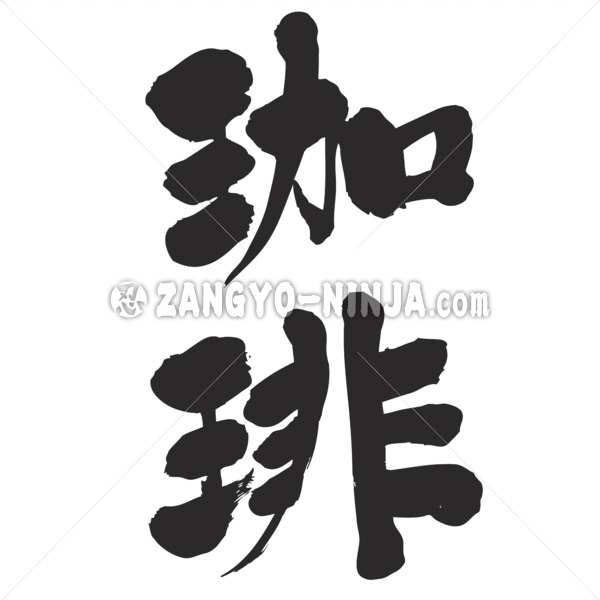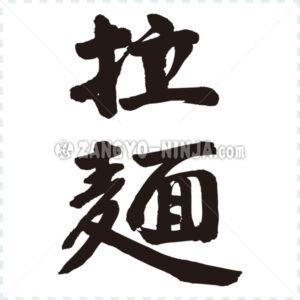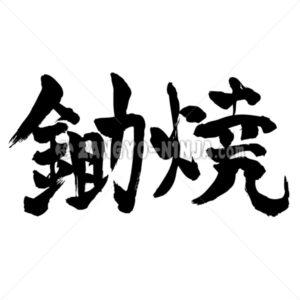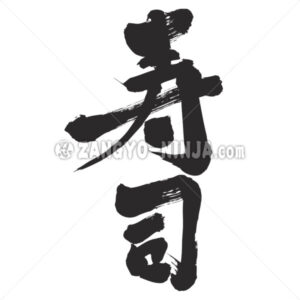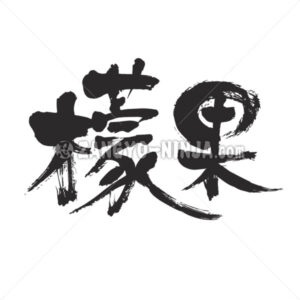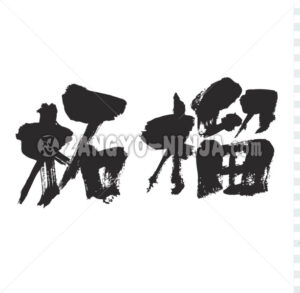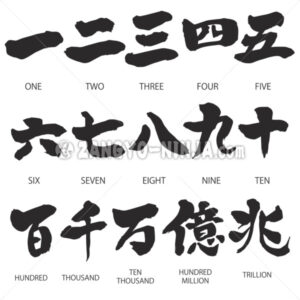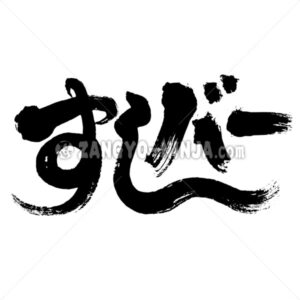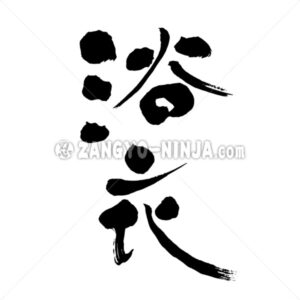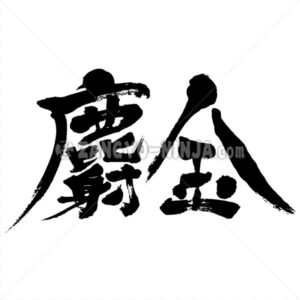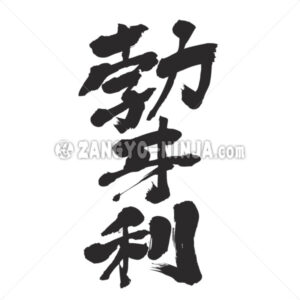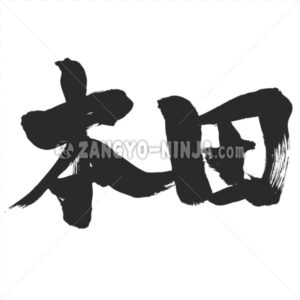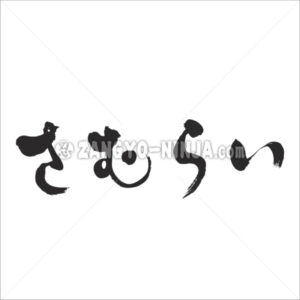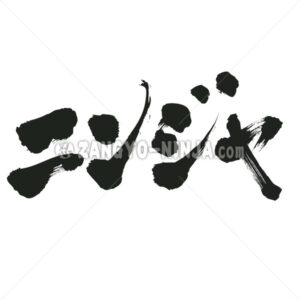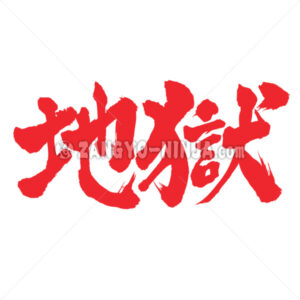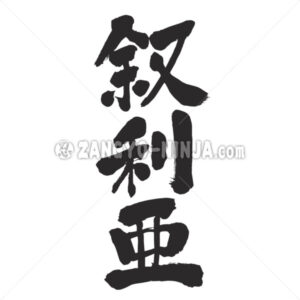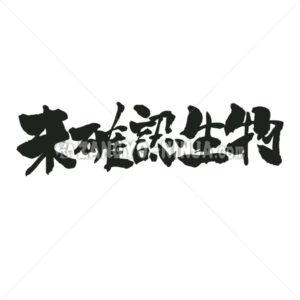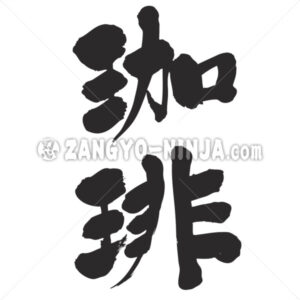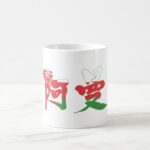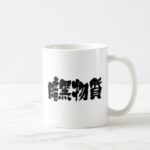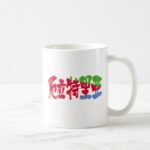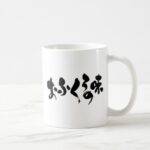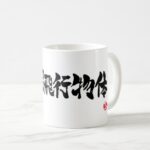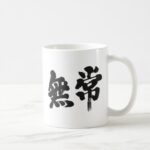Description for “Coffee in Kanji”
It is one of the most popular beverages in the world. It has a distinctive aroma and pleasant bitterness. Because it contains caffeine, it has a stimulant effect on the nerves.
Coffee was first used as a beverage around the 6th century. Initially, coffee was popular among Arabian Muslims as a medicine to improve physical condition and to uplift the spirits.
Later, it was introduced to Europe by the Crusaders in the late Middle Ages, and with the development of roasting methods and other techniques, it became a favorite beverage throughout the world.
There are several coffee tree species.
Arabic coffee tree Coffea arabica L. (English name: common coffee/Arabian coffee) accounts for 90% of the world’s production. Other species in the same genus, such as the Congo coffee tree C. robusta Linden (also known as Robusta coffee tree) and the Liberian coffee tree C. liberica Bull. are also cultivated.
Coffee Preparation Methods
There are two methods of preparation: dry, in which the fruit is dried and the pulp and rind are removed; and wet, in which the fruit is soaked in water and fermented, the pulp is removed, and then the fruit is dried and the rind is removed. In recent years, the wet process is often done mechanically in a short time. The prepared seeds are called coffee beans. First, the green beans are roasted. The method of roasting determines the flavor and quality of the coffee. The roasting time is about 15 minutes at a maximum temperature of 200 to 215℃, depending on regional preferences. Roasted beans are ground into powder to facilitate extraction. In Japan, it is usually extracted with boiling water, and sugar or milk is added to taste. In some areas, the leaves and bark of the branches are also dried and drunk as coffee tea. Instant coffee is made by drying the extract.
Function of Coffee as a Nutritional Component
Coffee is said to contain about 1,000 different ingredients. Among them, the major ones are, as you know, caffeine and tannins.
Caffeine activates brain function, promotes gastric juice secretion, diuresis, improves blood flow in peripheral blood vessels, and promotes the burning of body fat, while tannins have antibacterial and anti-inflammatory effects, as well as suppressing increases in cholesterol levels and blood pressure.
Therefore, drinking coffee is effective in relieving drowsiness, irritability, stress, and fatigue, and improving concentration. It is also useful in preventing lifestyle-related diseases such as dyslipidemia, indigestion, and obesity!
Burns body fat and relieves stress
For example, chlorogenic acid prevents the formation of nitrosamines, which are carcinogens, and neutralizes active oxygen, and works to inhibit various types of cancer, including those of the stomach and rectum, while trigonelline is thought to promote the formation of cranial nerves.
In addition, domestic and foreign research institutes have reported that it has a strong bactericidal action against H. pylori, which causes gastric ulcers, and that it prevents liver disease by lowering gamma-GTP. In addition, its aroma has been found to relax and activate the brain.
Origin of the Kanji character for “coffee”
The history of coffee in this country began in Dejima, Nagasaki, the only place in Japan during the Edo period (1603-1868) when the country was closed to the outside world.
Its jet-black appearance and unique flavor were not readily palatable to the Japanese palate, but in order to spread it throughout Japan, it was necessary to apply an appropriate kanji character to the sound of the word “coffee”.
The first kanji character “珈” was used for hair ornaments and hana-kanzashi, and the last kanji character “琲” was used to represent the string that connects the ball ornaments, and was spread all over Japan.
The Kanji character that was made to look like a coffee cherry on a coffee tree was invented by Udagawa Yoan, a Dutch scholar active at the end of the Edo period.


